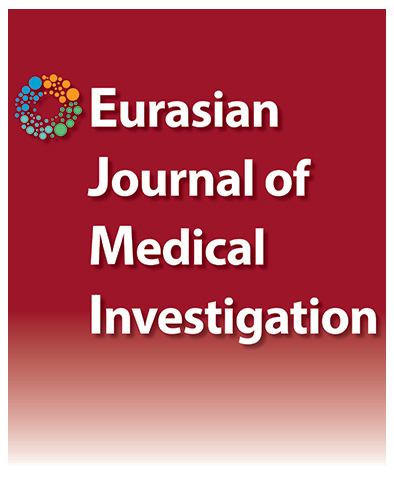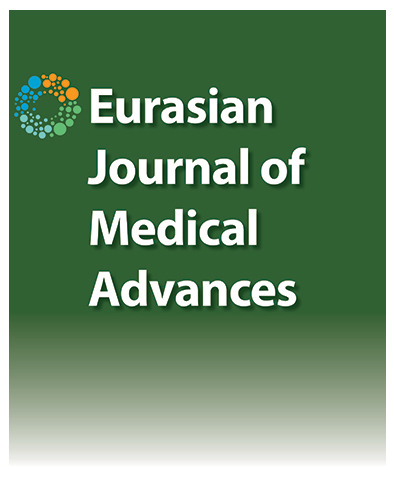Difficulties in the Diagnosis and Management of Fetal Growth Restriction
Barbaros AteşliDepartment of Perinatology, Kahramanmaras Necip Fazıl City Hospital, Kahramanmaras, TürkiyeFetal growth restriction (FGR) is an important topic in perinatal medicine that results from impaired placental function and has poor perinatal outcomes. However, there is a lack of consensus on diagnostic criteria and management strategies worldwide. While some clinicians consider only fetal size in the diagnosis, others disagree and recommend adding fetal growth velocity Doppler indices to the diagnostic criteria. Different strategies are followed for pregnancy follow-up and delivery decision-making. There are different opinions on which Doppler measurements of vessels such as the umbilical artery, middle cerebral artery, and ductus venosus should be performed during follow-up. To assess fetal well-being and to decide on delivery, methods such as cardiotocography, computed cardiotocography, biophysical profile scoring, and biophysical profile scoring are used or not used. The Society of Maternal-Fetal Medicine (SFMF) and the International Society of Ultrasound in Obstetrics and Gynecology (ISUOG) published guidelines in the same year. However, their perspectives on fetal growth restriction were quite different. We basically analyzed the differences between these two guidelines and the reasons for the differences. As a result, we presented our own practice.
Keywords: Fetal growth restriction (FGR), fetal size, maternal-fetal medicine, ISUOG.Manuscript Language: English





